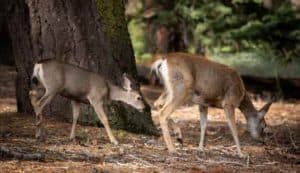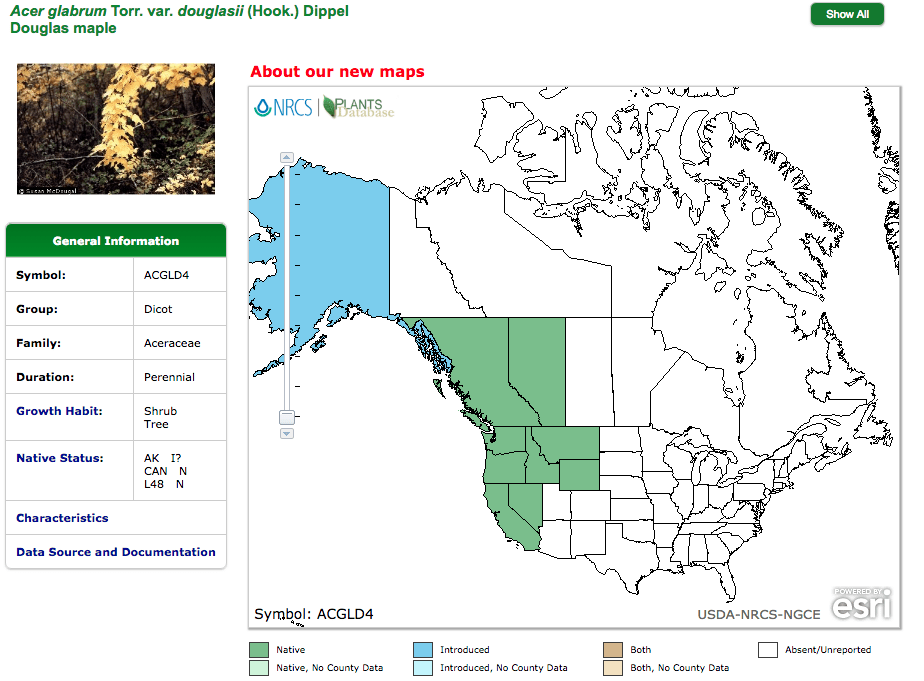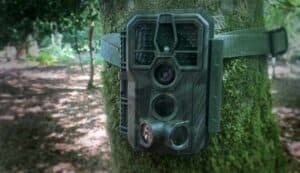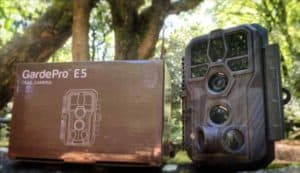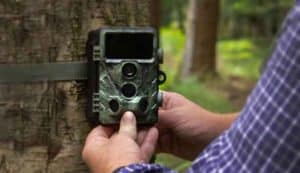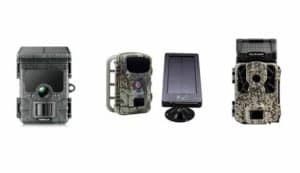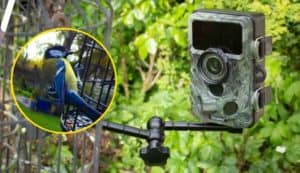This page may have Commerce Content. If you buy something from our posts, we may get a small share of the sale. Click here for more.
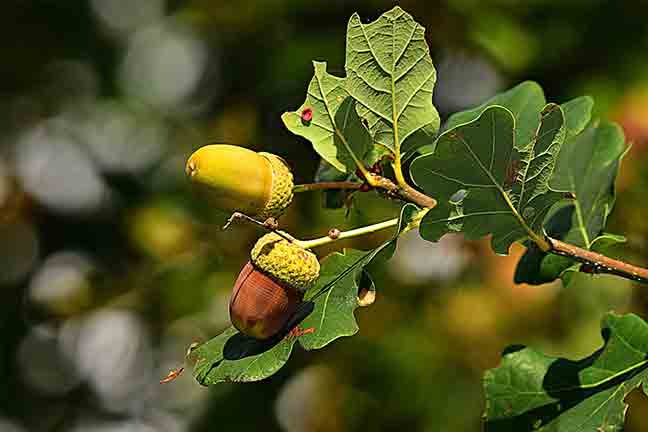

Editor & Article Writer for Outdoor Wilds
As an Amazon Associate I earn from qualifying purchases. Thank you for helping to support the site.
How To Identify Different Types Of Trees
In this guide I take a look at some of my favourite resources on how to identify different types of trees.
Trees are of course an essential part of earth’s ecosystem, but how many of us can identify around just 10 to 12 different species of tree when walking through a forest or wooded area?
In North America alone there are over 900 different species and it would take a lifetimes study to be able distinguish between all of them.
I’ve always marvelled at trees since a young age. Where I grew up, an ancient forest sprawls some 220 square miles, filled with many different species, some being over 500 years old. This ancient forest was a source for many timbers in the age of sail.
But it’s not until recently that I’ve realised my knowledge of trees is not too great. So I took the time to broaden my knowledge using various different learning resources.
Let’s now take a look at some of my favourite ways on how identify different types of trees.
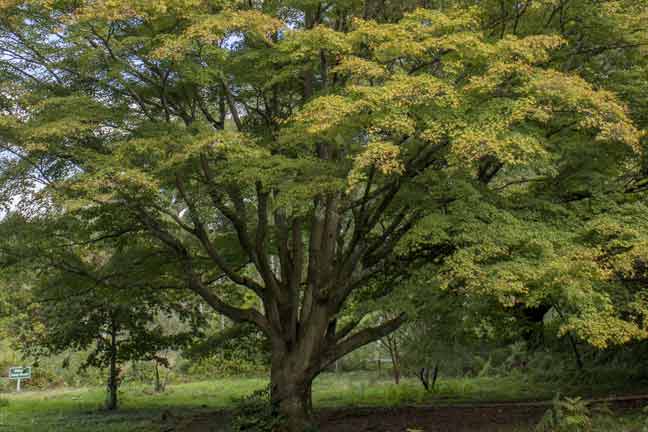
Tree Identification Apps
There are a number of apps in the ios app store. I’m currently using an iphone so I will only talk about that particular store.
I’ll have to get hold of an Android phone and test out some on offer over on there store. I did see from a search that this app the Virginia Tech Tree app was very popular and had some great feedback on that platform.
Favourite tree apps
My current favourite app for tree identification is Leafsnap available only for ios smartphones. There is a North American version, plus a UK version.
It’s a free app created by Columbia University, University of Maryland and the Natural History museum in London. The app has been around since 2014 and has improved over time.
The visual recognition software can be a little tricky to use at times, but a little practice and patience proves it works for the majority of the time.
It has beautiful pictures of leaves, fruits, flowers, barks and so on. It really is a great little app for identifying trees while wandering around woodland on a day off.
Vtree app for iOS and Android
This app is available on both ios and android stores. Produced by Virginia Tech Tree Identification, this app has over 900 fact sheets relating to woody plants and trees.
It uses the gps location of where you are standing to narrow down the species of woody plants in your local. The app will then ask you some basic questions on leaf shape, Leaf arrangement and so until you have a narrow selection of pictures to choose from.
It’s a free app so definitely worth checking out.
Popular Posts
Last update on 2024-04-06 / Affiliate links / Images from Amazon Product Advertising API
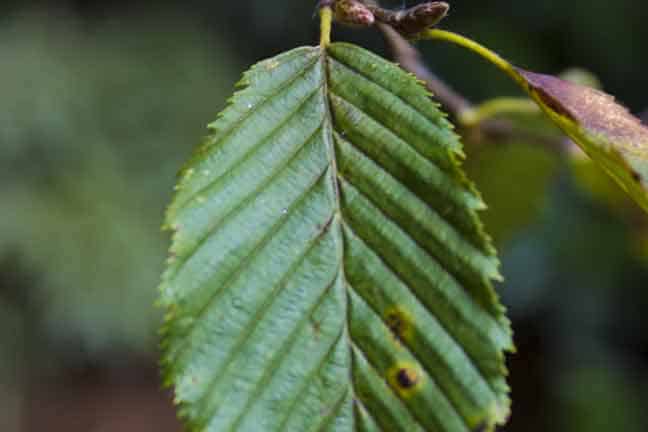
Websites for Tree Identification
I’m just going to list a few websites that don’t appear that high up in the search listing at times and in my view are a great resource of information. I have these websites book marked on my phone.
One of my personal favourites is www.treesforme.com go check them out. This website has a catalogue of all the species of trees listed by state both native and invasive.
The site is full of facts and data relating to each species, plus an overview of each state and the US in general. I’ve spent many an hour before bedtime scrolling through the site’s content. It’s a must use resource for tree information, data and identification in my opinion.
USDA – United States Department of Agriculture website
Another very useful website for learning about trees is the USDA’s site. There’s a link here to one of their pages for trees here, in this case the Douglas Maple.
As you can see from the image they have now included a mapping system with colour coding. This depicts the locations for each species whether its native to that particular location or has been introduced.
In this example the green shows native to the West Coast while Alaska is highlighted in blue showing that the Douglas Maple was introduced at some to point to the State.
If you click on the thumbnail at the top right of the map it opens up a gallery of pictures for that particular tree species. My only slight reservation is that the pictures are on the small side.
Overall it’s a great website for tree data and the distribution of species within North America.
Final Thoughts – How To Identify Trees
These are just some of my favourite ways to identify trees. There are dozens of books and pockets guides to choose from also. The Audubon Society Field Guide to North American Trees being a very good seller online with hundreds of positive reviews.
So there you have it. Just my brief overview of a subject I now know a little more about thanks to these useful resources. And if your like me a trail camera enthusiast, then It’s always interesting to know what type of tree is providing a home for your trail cam next time your out scouting for wildlife.
Last update on 2024-04-06 / Affiliate links / Images from Amazon Product Advertising API
Popular Posts

